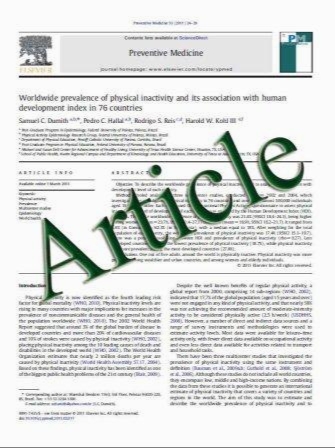Clinical outcomes in patients with chronic kidney disease: a 5-year retrospective cohort study at a University Hospital in Japan
- نوع فایل : کتاب
- زبان : انگلیسی
- مؤلف : Tetsuri Yamashita Takumi Yoshida Tetsuya Ogawa Ken Tsuchiya Kosaku Nitta
- چاپ و سال / کشور: 2011
Description
Background Latent chronic kidney disease (CKD) population appears to be a serious health problem in Japan. The purposes of the present study were to determine risk factors for CKD progression and to evaluate the rate of decline in estimated glomerular filtration rate (eGFR). Methods A retrospective cohort study of adult patients with CKD was conducted at a University Hospital in Japan. The primary outcome was rate of change in eGFR over time. Age-based eGFR was calculated by the Modification of Diet in Renal Disease study equation for Japan. Blood and urine specimens were collected at study entry along with information regarding blood pressure (BP), body mass index and medications. Patients were monitored for up to 5 years. Results A total of 1115 patients were enrolled with mean (SD) age of 63.1 (16.5) years; 43.1% were women, and 16.4% had diabetes. At study entry, body mass index was 23.3 (3.9) kg/m2, and mean BP was 125.4 (16.0) mmHg. Systolic BP, creatinine, uric acid and urinary protein levels differed significantly among patients grouped by CKD stages, and the values tended to increase in the higher disease stages. Time-to-event analysis showed that 3.45% of patients experienced a 50% eGFR decline. The slope of the eGFR decline was -1.01 (mL/min per 1.73 m2) per year, as assessed by repeated-measures analysis (-1.18 in men and -0.78 in women). In addition, the slope of the decline tended to be smaller in the higher CKD stages (stage 5, -0.31%; stage 4, -1.32%; stage 3, -0.75%; stage 2, -1.10%; stage 1, -2.33%). Serum creatinine and diabetes were identified as predictors of CKD progression by time-to-event analysis, but not by repeated-measures analysis. Conversely, urinary occult blood, blood glucose, and treatment with angiotensin-converting enzyme inhibitors, and anti-platelet agents were identified by repeatedmeasures analysis but not by time-to-event analysis. Conclusions The slope of the eGFR decline was influenced by CKD stages, underlying diseases and medications taken by patients. Long-term follow-up of patients will provide critical insights into factors affecting progression of CKD.
Clin Exp Nephrol DOI 10.1007/s10157-011-0501-6 Received: 6 April 2011 / Accepted: 8 July 2011


